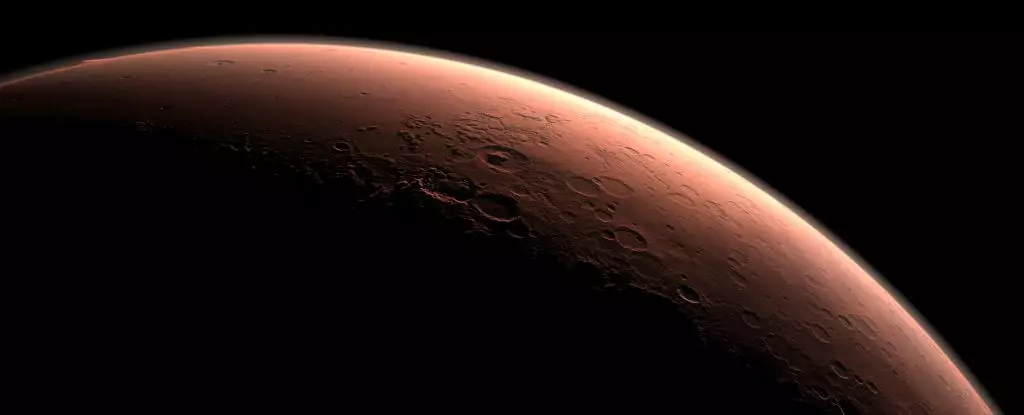Exploration of the red planet, Mars, has been a subject of fascination and scientific inquiry for decades. Despite numerous missions, humanity has yet to uncover definitive evidence of extraterrestrial life. The Viking landers, which marked a significant milestone in Martian exploration during the 1970s, brought us tantalizingly close to this long-sought achievement. However, recent analyses suggest that the very experiments designed to detect life may have inadvertently obliterated the evidence we sought. This raises critical questions about our understanding of Mars’ ecological conditions and the future of astrobiological research.
When the Viking landers reached Mars in 1976, they were equipped to perform a series of experiments aimed at uncovering biological signatures in Martian soil. Among these experiments was the gas chromatograph-mass spectrometer (GCMS), which had the potential to detect organic molecules indicative of life. Initially, the discovery of chlorinated organics led scientists to conclude that the samples had been contaminated by earthly materials. Yet, contemporary knowledge informs us that these compounds could be native to Mars, the question of their origins—biological or otherwise—remains unresolved.
Beyond the GCMS, other Viking experiments designed to probe for life have come under scrutiny. Notably, the labeled release and pyrolytic release tests were primed to ascertain whether Martian samples exhibited signs of metabolic activity or photosynthesis. While the results hinted at positive signals, they starkly contrasted with the null findings from the gas exchange experiment, creating an enigmatic puzzle for researchers. Dirk Schulze-Makuch, an astrobiologist from the Technical University of Berlin, proposes that our methods might have unintentionally inhibited the very life forms we aimed to detect.
Schulze-Makuch’s insights encourage a re-examination of our assumptions about life on Mars. During the Viking era, scientists operated under the presumption that Martian microbes would function similarly to those on Earth, relying heavily on water for survival. However, as our understanding of extremophiles—organisms that thrive in severe conditions—has expanded, it has become increasingly clear that life can adapt to significantly drier environments.
A radical shift in approach is warranted. Our failures in detecting life could stem from an oversight regarding Martian conditions. Rather than providing abundant water as a catalyst for life, Viking experiments may have inadvertently overwhelmed potential microbial organisms adapted to arid settings. Schulze-Makuch utilizes a striking analogy to illustrate this: pouring water on dry-adapted microbes is akin to rescuing a dehydrated human by dropping them into the ocean. This vital oversight could explain the more robust life signals registered during dry control runs, rather than those under water-infused conditions.
The implications of Schulze-Makuch’s work resonate deeply within the scientific community, opening the door for revitalized missions to Mars. The existing Viking results, although mired in ambiguity, could align with a hypothesis that marshals the possibility of dry-adapted life forms incorporating hydrogen peroxide as a survival mechanism. Revisiting and retesting the Viking experiments with contemporary methodologies could unlock new avenues in our understanding of Martian biology.
As plans for future Martian expeditions take shape, the importance of meticulously designing experiments to accommodate the unique ecological landscape of Mars cannot be overstated. A dedicated mission aimed solely at exploring the presences of life, equipped with innovative technologies that take into account dry-adapted conditions, would be an invaluable step forward. Such an endeavor could either validate hypotheses that have emerged from previous research or unequivocally pave the way for new discoveries.
The search for life on Mars has faced numerous hurdles throughout its history, but the motivations for continued exploration remain unwavering. While no definitive evidence has yet been found, the Viking landers serve as both a beacon of our past achievements and a testament to our capacity for growth and adaptation in scientific inquiry. As we stand on the cusp of renewed exploration, it is essential to harness the lessons learned from earlier missions. By embracing novel ideas that honor the peculiar conditions of Mars, we can foster a more informed and fruitful search for life beyond our home planet, forever pushing the boundaries of our understanding of the universe.

